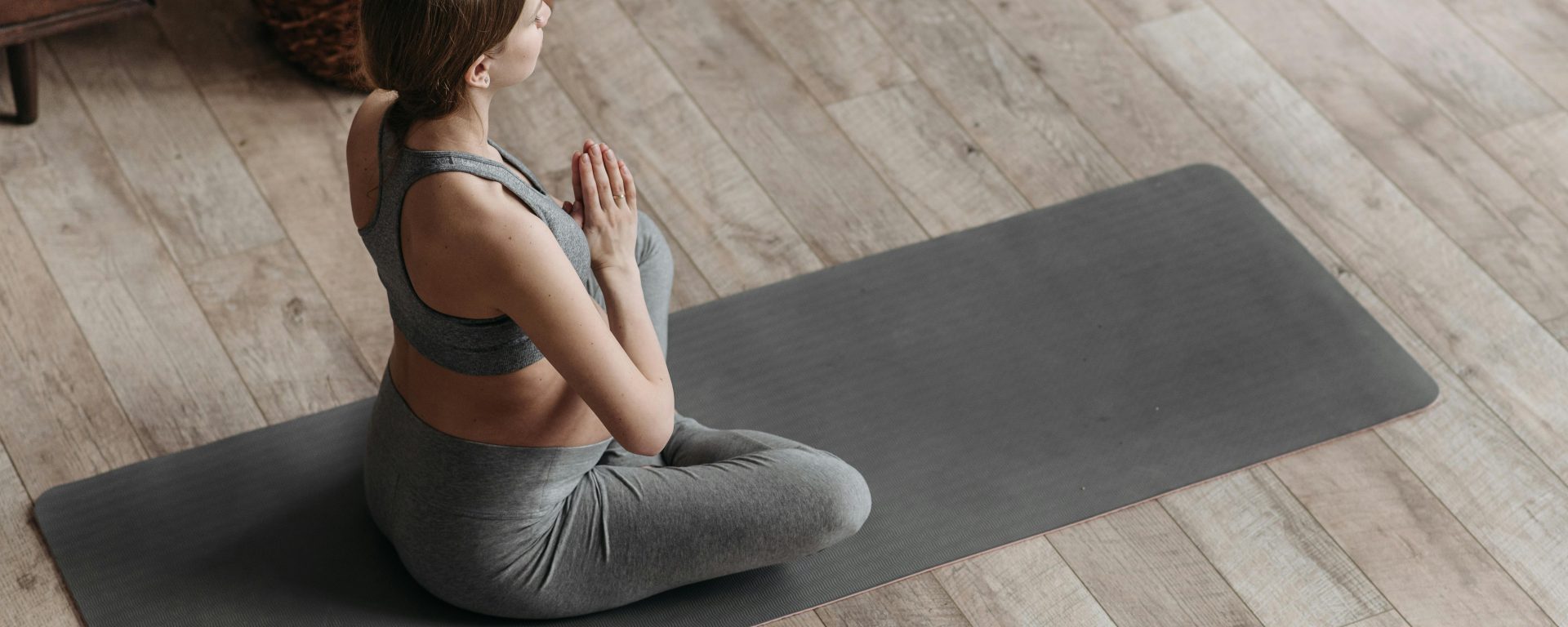The debate surrounding the efficacy of stretching and warm-up routines in injury prevention continues to persist within the realm of sports science. One key area of interest is the impact of these preparatory exercises on the biomechanical properties of the Achilles tendon. In 2011, a study aimed by Park, et. al., to explore whether warm-up exercises exert a more significant influence on Achilles tendon biomechanics compared to static stretching.
A cohort of ten active and healthy individuals (comprising 5 males and 5 females, with a mean age of 22.9 years and no prior Achilles tendon injuries) were recruited for this investigation. Participants were subjected to typical stretching and warm-up protocols in a randomized cross-over design. A custom-built dynamometer facilitated controlled isometric plantarflexion, while ultrasound imaging captured the musculotendinous junction of the medial gastrocnemius. An eight-camera motion capture system recorded ankle motion, with custom software employed to analyze Achilles tendon biomechanics.
Analysis revealed consistent Achilles tendon force production across all interventions. However, no statistically significant differences were observed in stretch, stiffness, and strain parameters between pre-, post-stretching, and post-warm-up interventions.
Contrary to initial hypotheses, neither stretching nor warm-up exercises, either individually or in combination, elicited statistically significant alterations in Achilles tendon biomechanics among recreational athletes. These findings suggest that current stretching and warm-up protocols may not significantly affect Achilles tendon material properties. However, it is conceivable that prolonged or more intense interventions might be necessary to induce observable changes.
Given the widespread adoption of pre-exercise stretching and warm-up routines, understanding their impact on Achilles tendon biomechanics is of paramount importance for injury prevention strategies in sports and recreational activities. While this study did not identify significant differences, further research employing different protocols and participant cohorts may provide valuable insights into optimizing pre-exercise routines to mitigate injury risk effectively.
Reference: Park, D. Y., Rubenson, J., Carr, A., Mattson, J., Besier, T., & Chou, L. B. (2011). Influence of stretching and warm-up on Achilles tendon material properties. Foot & Ankle International, 32(4), 407-413.
